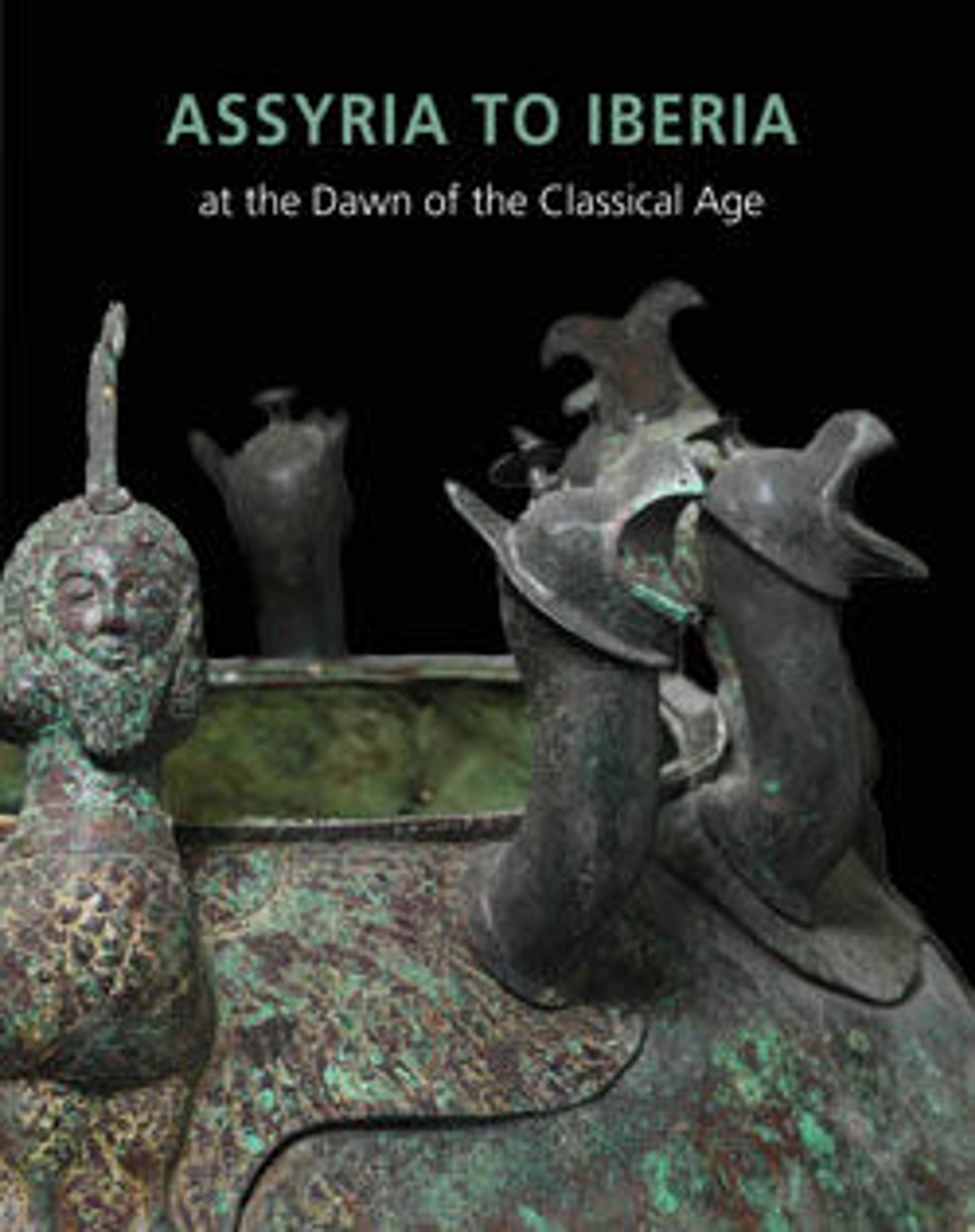Vessel with six animal friezes
Bronze, an alloy of copper and tin, was widely used throughout the Near East by the late third millennium B.C. It could be made into many forms by casting, in which molten metal was poured into a mold, or by hammering.
This vessel was formed entirely by hammering two sheets of metal, joined in the middle by bronze rivets. Six registers of birds, trees, and horned and striding animals were hammered up from the vessel's surface in the repoussé technique. The bodies were then elaborately decorated with chased lines created by a dull tool that, when struck, pushed the metal to either side. The chased and repoussé decoration has parallels to ivory plaques from the burned fortress of Hasanlu and to gold and silver vessels from the rich burials at Marlik. The decoration has a striking similarity to Wild Goat-style pottery of eastern Greece, suggesting that Greek potters were familiar with this type of Near Eastern vessel.
This vessel was formed entirely by hammering two sheets of metal, joined in the middle by bronze rivets. Six registers of birds, trees, and horned and striding animals were hammered up from the vessel's surface in the repoussé technique. The bodies were then elaborately decorated with chased lines created by a dull tool that, when struck, pushed the metal to either side. The chased and repoussé decoration has parallels to ivory plaques from the burned fortress of Hasanlu and to gold and silver vessels from the rich burials at Marlik. The decoration has a striking similarity to Wild Goat-style pottery of eastern Greece, suggesting that Greek potters were familiar with this type of Near Eastern vessel.
Artwork Details
- Title: Vessel with six animal friezes
- Period: Iron Age II
- Date: ca. 10th–8th century BCE
- Geography: Northwestern Iran
- Culture: Iran
- Medium: Bronze
- Dimensions: 13 1/16 × 8 3/8 × 8 3/8 in. (33.2 × 21.3 × 21.3 cm)
- Credit Line: Purchase, Joseph Pulitzer Bequest, 1964
- Object Number: 64.257.1a, b
- Curatorial Department: Ancient West Asian Art
More Artwork
Research Resources
The Met provides unparalleled resources for research and welcomes an international community of students and scholars. The Met's Open Access API is where creators and researchers can connect to the The Met collection. Open Access data and public domain images are available for unrestricted commercial and noncommercial use without permission or fee.
To request images under copyright and other restrictions, please use this Image Request form.
Feedback
We continue to research and examine historical and cultural context for objects in The Met collection. If you have comments or questions about this object record, please contact us using the form below. The Museum looks forward to receiving your comments.
